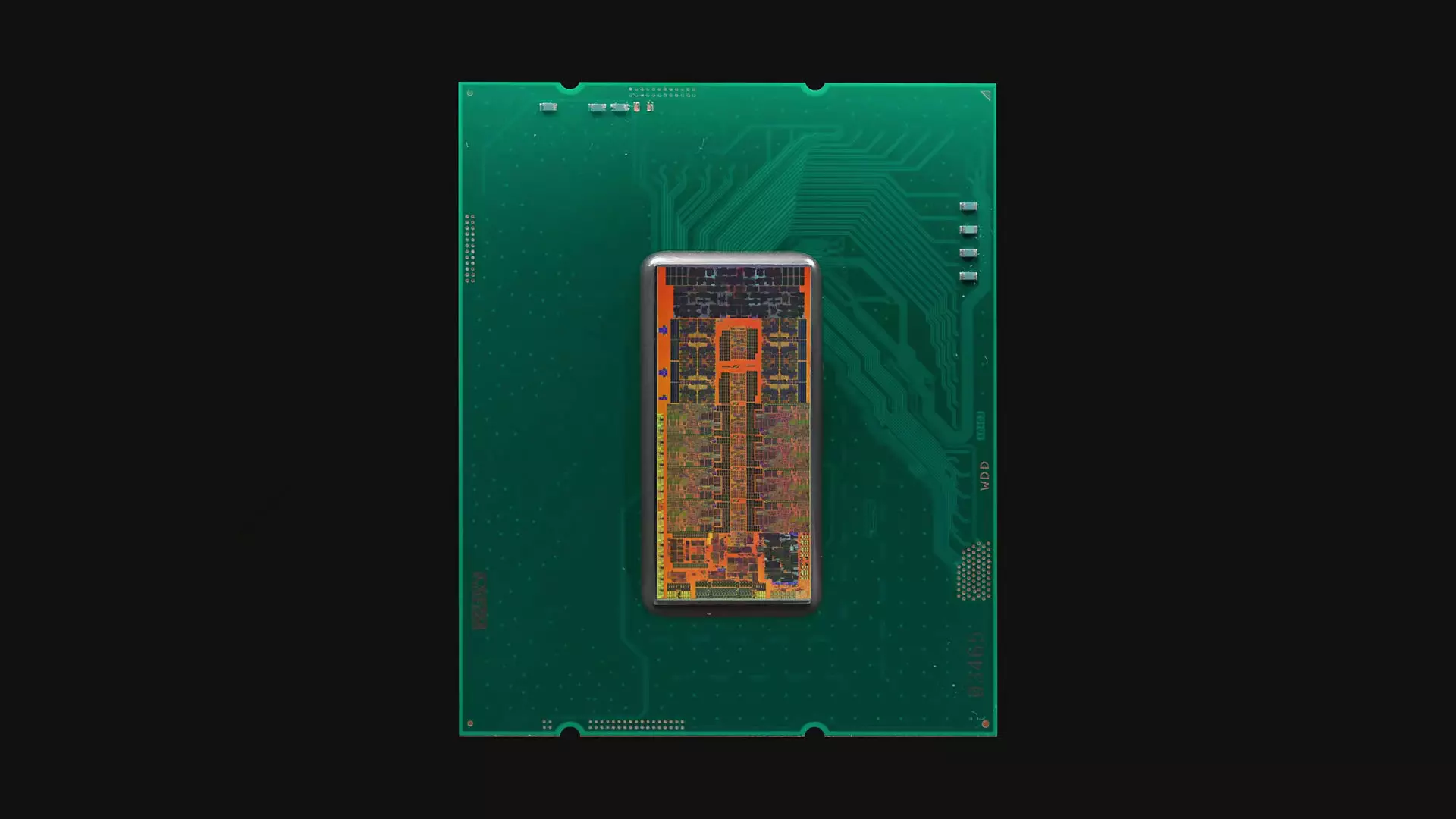In an unexpected twist, Intel has dramatically slashed the prices of its Arrow Lake CPUs, particularly highlighting the Core Ultra 7 265K and 265KF models. With reductions of over 25%, the tech giant seems to have recognized that competitiveness in the CPU market is paramount. The 265K now retails at $299, down from $399, while the 265KF drops to $284 from $384. This strategic pricing not only seeks to attract budget-conscious gamers but also positions Intel squarely against AMD’s Ryzen series in a market where performance is paramount.
Such decisions from Intel underline a broader narrative in the consumer electronics landscape—value for dollar is king, especially as consumers grow increasingly discerning with their purchases. By offering capable CPUs at a lower price point, Intel aims to transform curious onlookers into buyers.
Comparing Powerhouses: Intel vs. AMD
The heart of the matter lies not just in price cuts but in the capabilities these chips offer when pitted against AMD’s Ryzen 7 9700X. At an MSRP of $359, the Ryzen 7 has maintained a steady presence as a strong competitor, displaying marginally better gaming performance—estimated around 5% faster on average. For many casual gamers, this difference might seem negligible, but it does contribute to a strong allegiance among gaming enthusiasts towards AMD.
Yet, the landscape begins to shift with the 265K and 265KF models boasting eight Performance cores and 12 Efficient cores, totaling a robust 20 cores. While the Ryzen 7 offers eight cores, it matches up with 16 threads due to its multithreading support. In tasks requiring high productivity—think video editing or heavy multitasking—the advantages of Intel’s offerings become clear. The sheer number of cores prepares users for a future where software increasingly supports multi-threading.
The Question of Longevity: Will Intel’s Architecture Hold Up?
But the allure of the Core Ultra 7 encounters a significant hurdle: reliability. Intel’s Raptor Lake CPUs had a shaky launch, marked by public admissions of unpreparedness from Intel. Despite some initial patches and updates improving performance, skepticism lingers. Users remember the issues from earlier releases, and Intel must counter that narrative actively to enhance consumer confidence.
Interestingly, hybrid CPU architectures render another layer of complexity. While such designs have shown effectiveness in mobile devices, their performance on desktops remains a contested topic. The thirst for efficiency must be balanced against traditional desktop needs, which often emphasize raw power. Many users find themselves wondering whether a hybrid architecture could translate into smooth, effective desktop performance or if it signifies a compromise.
A Changing Gaming Landscape
An important factor propelling the new interest in the Core Ultra models is the evolving gaming ecosystem. Multithreading has begun to gain traction in the gaming world. Historically, many titles relied heavily on a few CPU threads, but trends showcase a development trajectory moving towards optimizing for multiple cores. The timing of Intel’s price cuts could not be better, as consumers stand at the crossroads of wanting up-to-date tech that can adequately serve their needs in a rapidly advancing gaming environment.
With many titles likely to adapt to newer threading technologies, Intel’s efforts to expand its core offerings may attract more users who desire a CPU that retains value over the long haul. The combination of gaming and productivity capabilities embedded in the Arrow Lake models makes a compelling case for consumers considering their next big investment.
The Bottom Line: Is Intel Worth the Gamble?
Packaging up appealing price points with potent performance, the Core Ultra 7 265K and 265KF models present a solid case for buyers looking to upgrade or build a new system. Nonetheless, the situation is far from straightforward. While the prices swing favorably for Intel, lingering questions about long-term stability and effectiveness of their hybrid architecture will likely hold some customers back.
Ultimately, the choice may hinge on individual needs: gamers after peak performance may still find solace in the AMD offerings, while those looking for an all-around powerhouse could be inclined to take a chance on Intel’s latest offerings. The current evolution in CPU dynamics signals a turning tide—one where performance, price, and longevity take center stage in the consumer decision-making process.

